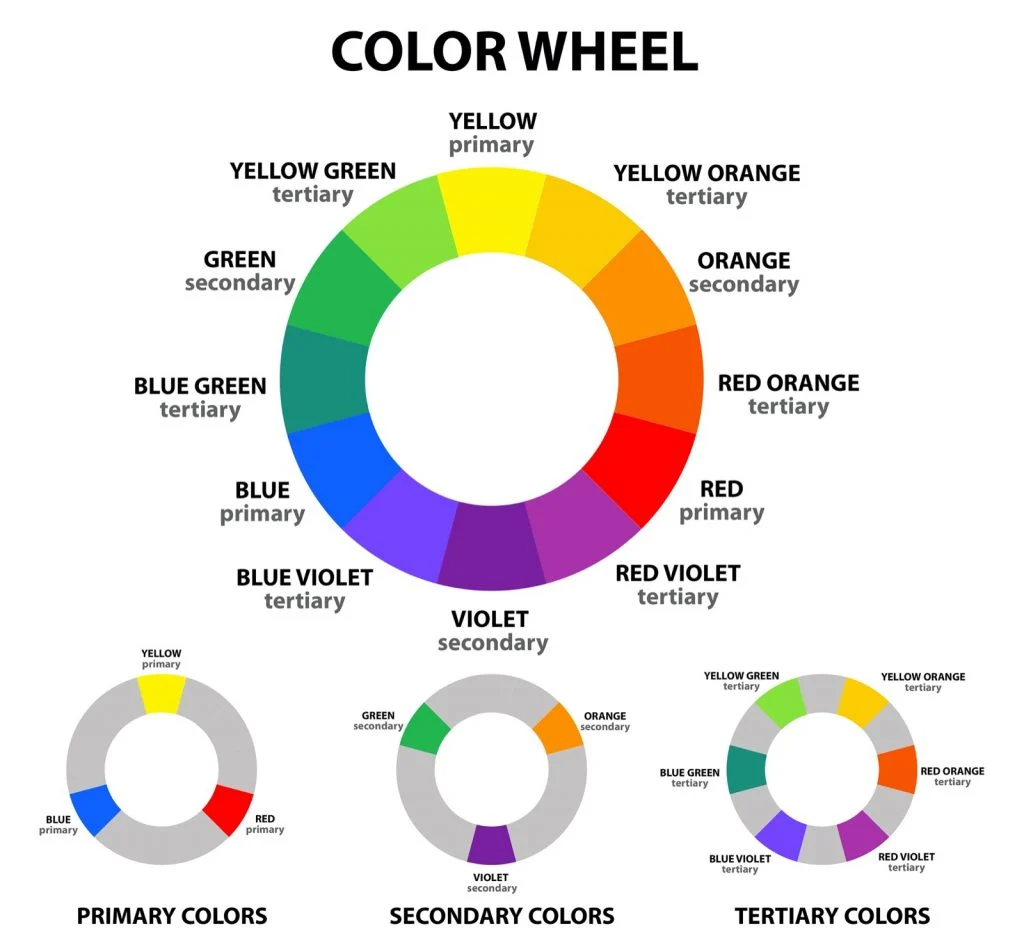Understanding Red: What Colors Make Red?
Introduction
Red is one of the primary colors in the additive color model, which is fundamental to color theory and design. It is a color that evokes strong emotions and is often associated with passion, love, and danger. Understanding how red is created and the colors that contribute to its formation is essential for artists, designers, and anyone interested in color theory. This article will explore the concept of red, the colors that can create it through various methods, and its significance in different contexts.
Color Theory Basics
Color theory is a framework used to understand how colors interact with one another. It encompasses the color wheel, color harmony, and the relationships between colors. The primary colors in both additive and subtractive color models are crucial for creating a wide range of other colors.
Primary Colors
- Additive Color Model: In this model, the primary colors are red, green, and blue (RGB). When combined in various ways, they create other colors. For example, red and green make yellow, green and blue make cyan, and blue and red make magenta.
- Subtractive Color Model: This model uses cyan, magenta, and yellow (CMY) as primary colors. When combined, these colors absorb (subtract) light, leading to the creation of other colors. For instance, cyan and magenta create blue, magenta and yellow create red, and cyan and yellow create green.
Creating Red
Red is a primary color, meaning it cannot be created by mixing other colors in the traditional sense. However, in certain contexts, red can be produced or influenced by mixing other colors. Below are some methods and combinations that can lead to the perception of red.
1. Mixing Pigments
In the subtractive color model, red can be created by mixing specific pigments. For example:
- Magenta + Yellow: Combining magenta and yellow pigments can produce a shade of red. This is commonly used in printing processes where CMY colors are mixed.
2. Light and Additive Mixing
In the additive color model, red is a primary color, and while it cannot be created by mixing other colors, it can be enhanced or modified by combining it with other colors of light:
- Red + Green: When red light is combined with green light, it creates yellow light.
- Red + Blue: Combining red and blue light produces magenta light.
Color Perception and Context
The perception of red can vary based on context, lighting, and surrounding colors. For example, a pure red may appear different when placed next to a bright yellow compared to a dark blue. Understanding how red interacts with other colors is crucial for artists and designers.
Psychological and Cultural Significance of Red
Red is a color rich in symbolism and meaning across different cultures and contexts. Here are some associations commonly linked to red:
- Love and Passion: Red is often associated with romantic love, making it a popular color for Valentine’s Day and other romantic occasions.
- Danger and Warning: Red is used in warning signs and signals, indicating caution or danger.
- Power and Strength: Red is frequently associated with power, leadership, and strength, making it a popular choice for flags and emblems.
- Cultural Significance: In many cultures, red holds special significance. For example, in China, red symbolizes luck and prosperity, while in Western cultures, it often represents love or anger.
Practical Applications of Red in Design
Understanding how to use red effectively in design is essential for creating visually appealing and impactful works. Here are some practical applications of red in design:
1. Branding
Red is a popular color in branding due to its ability to grab attention and evoke strong emotions. Many well-known brands, such as Coca-Cola and Target, use red to create a sense of excitement and urgency.
2. Interior Design
In interior design, red can be used to create a warm and inviting atmosphere. It is often used as an accent color to stimulate conversation and energy in a space.
3. Fashion
Red is a bold choice in fashion, often associated with confidence and power. It is commonly worn on special occasions and can make a strong statement.
Color Mixing Table
To summarize how red can be perceived or created through mixing, here is a table illustrating combinations of colors that can influence the perception of red:
| Color Combination | Resulting Color | Notes |
|---|---|---|
| Magenta + Yellow | Red | Common in printing processes (subtractive) |
| Red + Green | Yellow | Additive mixing of light |
| Red + Blue | Magenta | Additive mixing of light |
| Red + White | Pink | Lightening red with white |
| Red + Black | Dark Red | Darkening red with black |
Frequently Asked Questions (FAQ)
Q1: What colors make red?
A1: Red is a primary color and cannot be created by mixing other colors. However, in subtractive color mixing, combining magenta and yellow can produce red.
Q2: What does the color red symbolize?
A2: Red symbolizes various concepts, including love, passion, danger, power, and cultural significance, varying by context and culture.
Q3: How is red used in design?
A3: Red is used in branding, interior design, and fashion to create strong emotional responses, grab attention, and stimulate energy.
Q4: Can red be lightened or darkened?
A4: Yes, red can be lightened by mixing it with white (creating pink) or darkened by mixing it with black (creating dark red).
Q5: Where can I find more information about colors and color theory?
A5: For more detailed information about colors and color theory, you can visit the Wikipedia page on color theory here.
Conclusion
Red is a fundamental color in both art and design, representing a wide range of emotions and meanings. While it cannot be created by mixing other colors, its perception can be influenced by surrounding colors and contexts. Understanding how to use red effectively can enhance artistic expression and communication in various fields. By exploring the psychology and cultural significance of red, individuals can appreciate its power and versatility in their creative endeavors.



